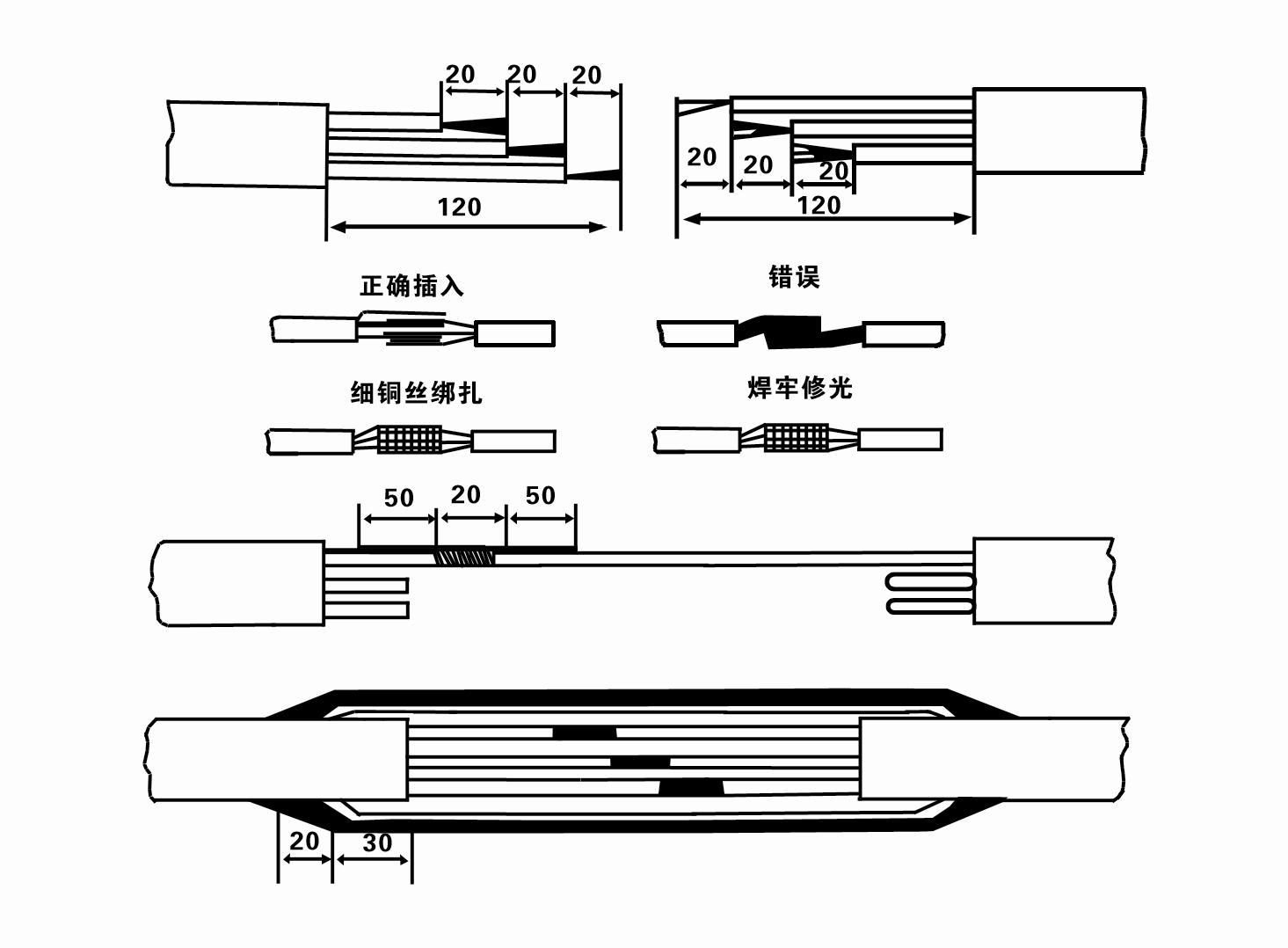Jul . 31, 2024 11:27 Back to list
Guidelines for Setting Up a Deep Well Pump for Efficient Water Extraction and Usage
Installation of Deep Well Pumps A Comprehensive Guide
Deep well pumps play a crucial role in extracting groundwater from deep underground sources, ensuring access to clean and reliable water for various applications, including agricultural irrigation, municipal water supply, and industrial processes. The installation of deep well pumps involves several critical steps, and it is essential to understand the complexities involved to ensure efficient operation and longevity of the system. This article will guide you through the key considerations and steps for installing a deep well pump.
1. Site Assessment and Preparation
Before installing a deep well pump, a thorough site assessment is essential. It starts with determining the water table depth and the well's diameter. This can be done through geological surveys or consultations with well drilling professionals. The depth of the well, coupled with the expected water yield, will influence the type of pump system needed.
Additionally, it is crucial to assess the surrounding environment. Ensure the location is easily accessible for maintenance and servicing. It should also comply with local regulations concerning water extraction and environmental protection. Proper site preparation may involve clearing vegetation, leveling the ground, and ensuring adequate drainage to prevent water pooling near the wellhead.
2. Choosing the Right Pump
Selecting the appropriate pump is a vital step in the process. Deep well pumps come in various sizes and configurations, including submersible pumps and vertical turbine pumps. Submersible pumps are commonly used for deeper wells as they operate underwater, thereby preventing cavitation and increasing efficiency. On the other hand, vertical turbine pumps are suitable for shallower depths and can provide high flow rates.
When choosing a pump, consider factors such as flow rate, total dynamic head, and the power source (electric or diesel). Consulting with a pump specialist can help you determine the most suitable option based on your specific water needs and well characteristics.
3. Drilling the Well
installation of deep well pump

If a well does not already exist, drilling will be the next step. Hiring a professional drilling service is recommended to ensure compliance with safety standards and local regulations. Drilling should proceed with care to avoid damaging any underground formations and to ensure proper casing installation, which prevents contamination from surface water and maintains the structural integrity of the well.
4. Installing the Pump
Once the well is drilled and the casing is in place, the next step is to install the pump. For submersible pumps, this involves lowering the pump into the well using a crane or cable system. It's essential to ensure proper alignment to prevent unnecessary wear on the pump. The pump should be secured in place, and the discharge piping should be connected efficiently to minimize friction losses.
For vertical turbine pumps, the installation process involves assembling the pump components above ground and lowering them into the well. Alignment is again critical, and support structures must be strong enough to handle the pump's weight and the forces exerted during operation.
5. Electrical Hookup and Testing
After the pump installation, the electrical components must be connected, including the control panel and any float switches or sensors. It is advisable to hire a licensed electrician for this phase to ensure safety and compliance with electrical codes.
Once everything is connected, perform a series of tests. Start the pump and monitor its performance for flow rate, pressure, and any potential leaks. Ensuring the system operates efficiently from the start can prevent costly repairs and downtime in the future.
Conclusion
The installation of a deep well pump is a complex but rewarding process that requires careful planning and execution. By conducting thorough site assessments, choosing the right pump, hiring professionals for drilling and installation, and performing system tests, you can ensure a reliable and efficient water supply for years to come. Proper maintenance and monitoring will further extend the life of the pump, making it a valuable investment for any water needs.
-
Submersible Water Pump: The Efficient 'Power Pioneer' of the Underwater World
NewsJul.01,2025
-
Submersible Pond Pump: The Hidden Guardian of Water Landscape Ecology
NewsJul.01,2025
-
Stainless Well Pump: A Reliable and Durable Pumping Main Force
NewsJul.01,2025
-
Stainless Steel Submersible Pump: An Efficient and Versatile Tool for Underwater Operations
NewsJul.01,2025
-
Deep Well Submersible Pump: An Efficient 'Sucker' of Groundwater Sources
NewsJul.01,2025
-
Deep Water Well Pump: An Efficient 'Sucker' of Groundwater Sources
NewsJul.01,2025
-
 Submersible Water Pump: The Efficient 'Power Pioneer' of the Underwater WorldIn the field of hydraulic equipment, the Submersible Water Pump has become the core equipment for underwater operations and water resource transportation due to its unique design and excellent performance.Detail
Submersible Water Pump: The Efficient 'Power Pioneer' of the Underwater WorldIn the field of hydraulic equipment, the Submersible Water Pump has become the core equipment for underwater operations and water resource transportation due to its unique design and excellent performance.Detail -
 Submersible Pond Pump: The Hidden Guardian of Water Landscape EcologyIn courtyard landscapes, ecological ponds, and even small-scale water conservancy projects, there is a silent yet indispensable equipment - the Submersible Pond Pump.Detail
Submersible Pond Pump: The Hidden Guardian of Water Landscape EcologyIn courtyard landscapes, ecological ponds, and even small-scale water conservancy projects, there is a silent yet indispensable equipment - the Submersible Pond Pump.Detail -
 Stainless Well Pump: A Reliable and Durable Pumping Main ForceIn the field of water resource transportation, Stainless Well Pump has become the core equipment for various pumping scenarios with its excellent performance and reliable quality.Detail
Stainless Well Pump: A Reliable and Durable Pumping Main ForceIn the field of water resource transportation, Stainless Well Pump has become the core equipment for various pumping scenarios with its excellent performance and reliable quality.Detail
